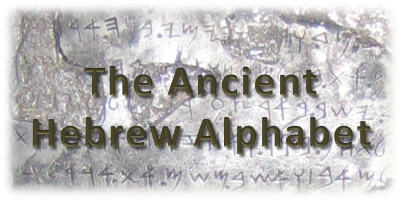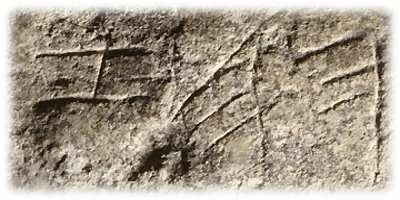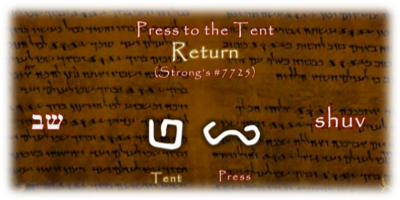Nehemiah Gordon on the Pronunciation of the Letter Vav
[Back to Vav]
The following video clip, taken with permission, is an interview between Michael Rood and Nehemiah Gordon, on September 2, 2016, discussing the pronunciation of the letter vav.
My original comment to the above video on YouTube
There have been some comments asking if it is really important if it is a V or a W. Well that depends on the motive for wanting to know. From a religious perspective I don't think it really makes a difference, but from a scholastic perspective this is very important. For those of us who study the ancient language we are always looking for clues into the mechanics of this ancient language. But for me personally, this video is very important as it challenged me and caused me to rethink some of my own viewpoints. When I find out I could be wrong on something, I get excited and look forward to learning something completely new.
My investigation into Nehemiah's Ezekiel claim
The above video includes a claim by Nehemiah Gordon from the book of Ezekiel to support the "v" sound for pronunciation of the letter ו (vav or waw). His claim is that there are two Hebrew words, both meaning "back," which are actually the same word, with the same pronunciation, just spelled differently.
One of these words is גב (Strong's #1354), which appears in Ezekiel 10:12 and is translated as "backs" in the KJV. The first letter is a gimel, which is pronounced with a "g" sound. The second letter is a beyt, which in Modern Hebrew is pronounced with a "b" sound when it appears at the beginning of a syllable, but as a "v" sound when it is at the end of a syllable, such as it is with the word גב. So this word is pronounced "gav."
The second word is גו (Strong's #1458), which appears in Ezekiel 23:35 and is translated as "back" in the KJV. The first letter is the gimel (g) and the second letter is the letter vav (v or w), so this word would be pronounced as "gav" or "gaw." Nehemiah's conclusion is that גב and גו is the same word, meaning "back," but spelled two different ways and the only way this would be possible is if the letter vav in the word גו were pronounced with a "v."
The first thing that I want to point out is that we do not know if in ancient times the letter beyt was pronounced with a "v" when at the end of a syllable, we only know that this it is pronounced this way in modern times. The second thing I want to point out goes a little deeper into these two words.
The word גו (Strong's #1458) is used in the Hebrew Bible only three times, 1 Kings 14:9, Nehemiah 9:26 and Ezekiel 23:35 and in each case this word is translated as "back." It is also of interest that in each of these three verses, this word is used in the context "behind the back."
The word גב (Strong's #1354) is used thirteen times in the Hebrew Bible; six of these times is in the book of Ezekiel. In Ezekiel 1:18 it is translated in the KJV as "ring," in Ezekiel 10:12 as "backs," in Ezekiel 16:24, 16:31, 16:39 as "eminent place" and in Ezekiel 43:13 as "higher place." While the KJV translates the word גב as "backs" only once (Ezekiel 10:12), it translates this word differently in other places including; naves, eyebrow, bodies and bosses. In other translations the word גב is translated as; arch, spoke and rim. The word גב does not mean "back," but instead means "arch," which may be the "back" (as when bent over) or something else that has the shape of an arch.
My conclusion is that גב and גו are two different words, one meaning "arch" (גב), which is pronounced "gav," and the other meaning "back" (גו), which may be pronounced as "gav" or "gaw."

Like what you’re discovering? Continue the journey from Bible reader to translator.
|






